-
Welcome to Tacoma World!
You are currently viewing as a guest! To get full-access, you need to register for a FREE account.
As a registered member, you’ll be able to:- Participate in all Tacoma discussion topics
- Communicate privately with other Tacoma owners from around the world
- Post your own photos in our Members Gallery
- Access all special features of the site
Tonneau Fuel Economy experiment
Discussion in 'Tonneau Covers, Caps and Shells' started by kencraw, Jun 23, 2012.
Page 1 of 3
Page 1 of 3


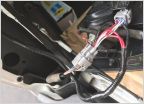 Help with wiring on a new to me leer shell
Help with wiring on a new to me leer shell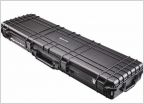 ISO 6 foot Low Profile Hard Case
ISO 6 foot Low Profile Hard Case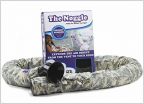 Camper shell and dogs
Camper shell and dogs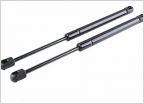 Rain Protection with Back Hatch Open
Rain Protection with Back Hatch Open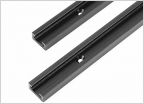 Using T-Track for a Topper Rack
Using T-Track for a Topper Rack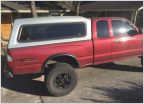 1st Gen Topper Rebuild and Internal Frame
1st Gen Topper Rebuild and Internal Frame















































































